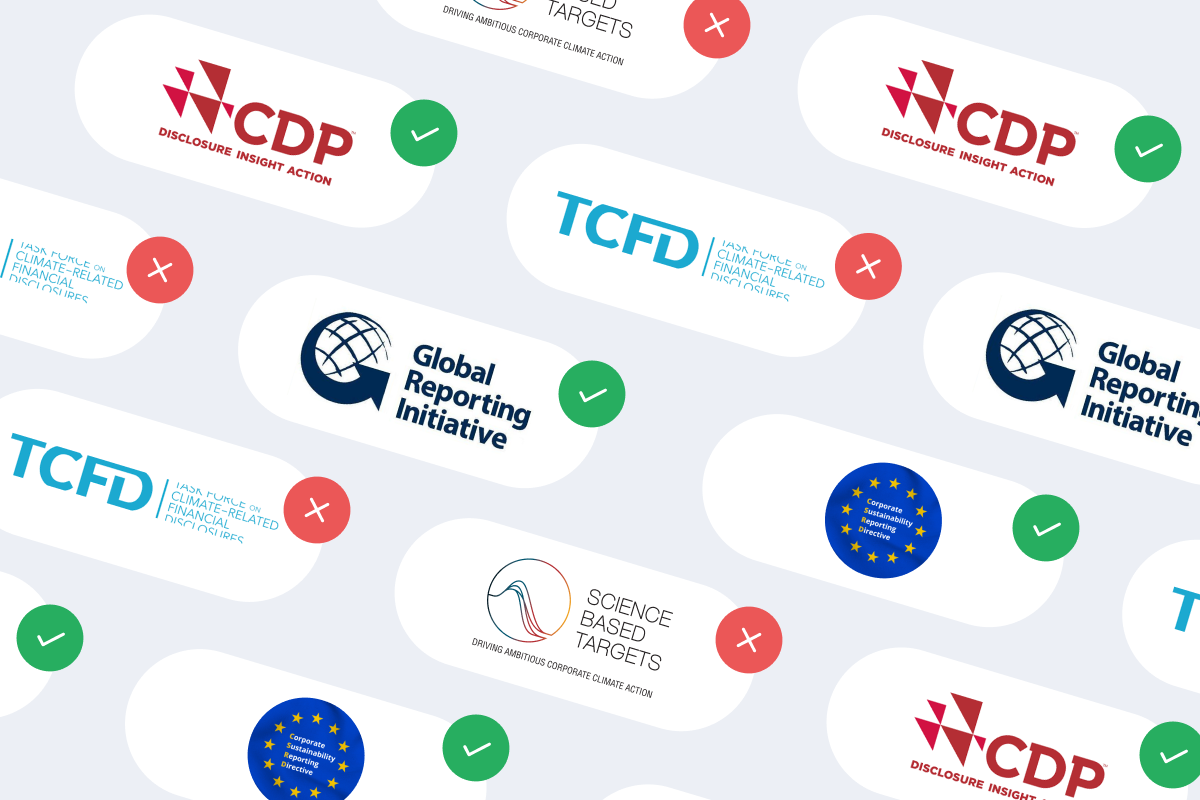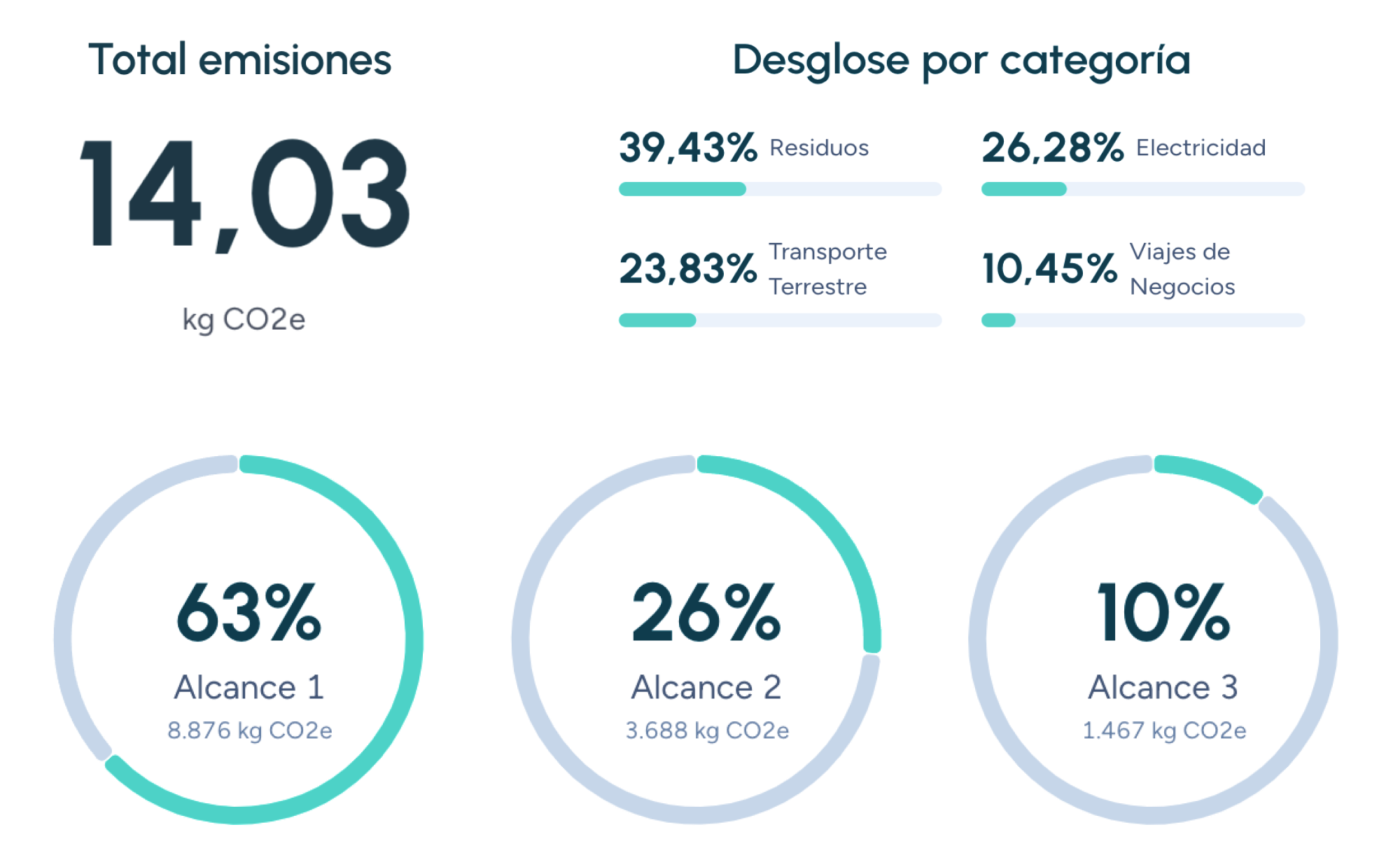Back to the blog
Corporate sustainability
Green living in the workplace: Corporate sustainability strategies
Jaume Fontal
CPTO & Co-Founder
The concept of green living is not just for homes and communities—it’s also highly relevant in the corporate setting. With office spaces worldwide consuming vast amounts of energy and resources, businesses have a tremendous opportunity to make a positive impact by adopting greener practices in the workplace. Embracing eco-friendly behaviors not only cuts operational costs but also cultivates a sense of responsibility and alignment with a company’s broader sustainability goals.
In this article, we’ll explore actionable strategies to create a green living culture in the workplace, from simple employee-driven steps to comprehensive organizational policies.
Why green living in the workplace matters
- Cost reduction: energy-efficient systems and reduced waste translate directly into lower operational expenses.
- Employee engagement: green initiatives can boost morale and foster team spirit, as employees take pride in contributing to meaningful environmental goals.
- Brand image: external stakeholders, including customers and investors, increasingly look for evidence of environmental responsibility in corporate operations.
- Regulatory compliance: many jurisdictions now mandate sustainability reporting or impose stricter energy-use regulations on commercial buildings.
Key strategies for green living in the workplace
1. Energy efficiency
- LED lighting: replace incandescent or fluorescent bulbs with high-efficiency LED lights, reducing energy consumption by up to 75%.
- Smart thermostats: automated climate control systems help maintain optimal temperature, cutting heating and cooling costs.
- Equipment upgrades: encourage or mandate the use of Energy Star-certified computers, printers, and other electronics.
2. Waste reduction
- Composting and recycling stations: make it easy for employees to separate waste, especially in breakrooms and kitchens.
- Paperless policies: adopt digital tools and cloud-based platforms, significantly reducing the need for printed documents.
- Reusable office supplies: swap disposable items—like plastic cups or single-use pens—for durable, refillable alternatives.
3. Sustainable transportation
- Carpool and public transit incentives: offer stipends or prime parking spots to employees who use carpools or public transportation.
- Cycle-to-work schemes: provide secure bike storage and shower facilities to encourage commuting by bicycle.
- Remote Work Options: allowing employees to work remotely on certain days can drastically cut commuting-related emissions.
4. Indoor air quality and well-being
- Green plants and biophilic design: plants improve air quality and create a calming, nature-inspired environment.
- Natural ventilation: use open windows and fans where possible to reduce reliance on air conditioning.
- Low-VOC materials: choose paints, carpets, and furniture with low volatile organic compounds (VOCs) for healthier indoor air.
5. Company culture and employee engagement
- Green committees: form cross-departmental teams to champion environmental initiatives, plan workshops, and track progress.
- Eco-challenges and rewards: encourage friendly competitions like “Most Paper Saved” or “Lowest Carbon Commute,” with small prizes or recognition for winners.
- Educational workshops: invite sustainability experts or conduct internal training sessions on topics like waste sorting or energy conservation.
How to implement a green living program
- Assessment and baseline: start by measuring your current energy use, waste output, and carbon footprint.
- Set clear goals: define measurable targets such as a 20% reduction in electricity consumption or a 50% reduction in paper usage.
- Develop an action plan: outline specific tactics, timelines, and responsibilities. Assign a champion for each initiative to ensure accountability.
- Monitoring and reporting: track key performance indicators (KPIs) and share progress in newsletters or dashboards.
- Celebrate successes: recognize achievements and improvements, no matter how small, to keep employees motivated.
Success story: Tech office transformation
A mid-sized technology company implemented a green living program by replacing office lighting with LEDs and setting all computers to “sleep” mode after 10 minutes of inactivity. They also introduced a robust recycling scheme and started a monthly “Zero Waste Day.” Within a year, they reported a 30% reduction in energy bills and significantly less paper waste. Employees noted an overall boost in morale and felt proud of contributing to the company’s environmental goals.
Overcoming challenges
- Budget constraints: energy-efficient equipment and redesigns can be costly upfront, but they often pay for themselves in the long run.
- Behavior change: some employees may resist new rules or find them inconvenient. Effective communication and incentive programs can ease the transition.
- Infrastructure limitations: in leased offices, tenants might have limited control over building-wide systems like HVAC or lighting. Negotiating with property managers or owners can be key.
Tying green living to broader ESG goals
Green workplace initiatives can complement other corporate sustainability programs, helping companies achieve broader ESG targets. For instance, a focus on waste reduction aligns with circular economy principles, while promoting green commutes helps reduce Scope 3 emissions.
Integrating workplace sustainability into annual ESG reports underscores the company’s commitment to actionable change.
Jaume Fontal
CPTO & Co-Founder
About the author
Jaume Fontal is a technology professional who currently serves as CPTO (Chief Product and Technology Officer) at Manglai, a company he co-founded in 2023. Before embarking on this project, he gained experience as Director of Technology and Product at Colvin and worked for over a decade at Softonic. At Manglai, he develops artificial intelligence-based solutions to help companies measure and reduce their carbon footprint.
Content
Companies that trust us

Implementing the GLEC Framework in Logistics: Emissions Calculation and Fleet Optimization
Discover how to apply the GLEC Framework to measure logistics emissions, comply with ISO 14083, and optimize fleets.
10 November, 2025
How to Communicate your Decarbonization Strategy and Avoid Greenwashing
Learn how to communicate your decarbonization strategy with transparency and verified data. Avoid greenwashing and build customer trust.
15 October, 2025
Transition Risk: What it means for Corporate Strategy
Learn how businesses can navigate transition risks related to climate policies and economic shifts.
14 May, 2025
Guiding businesses towards net-zero emissions through AI-driven solutions.
© 2025 Manglai. All rights reserved
Política de Privacidad


